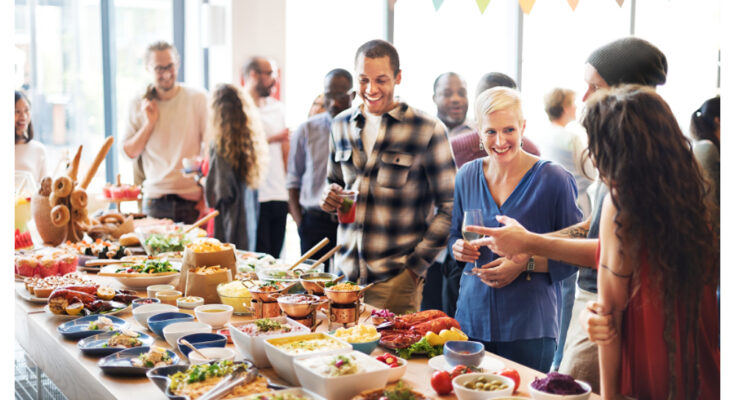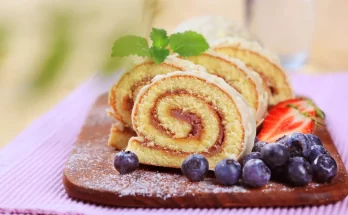The chosen catering style affects an event’s mood, guest interaction, and overall impression. Beyond just selecting the menu, how the food is presented and served shapes the whole dining experience. From relaxed gatherings to grand, elegant events, various food catering styles offer unique benefits, suitable for different occasions. Knowing each style helps event planners select the perfect format that fits their vision, budget, and guest expectations. Understanding the most common catering styles can help you make a smart choice for your next event.
1. Buffet-Style Catering
Buffet-style catering offers a flexible and often cheaper option for many events. Guests serve themselves from a central food display, including various main dishes, sides, salads, and desserts. This style encourages a relaxed and social feel, as guests can pick what they want and go back for more. This approach is popular for business lunches, casual weddings, and large social events.
A key benefit of buffet food catering is its flexibility, as it handles different dietary needs more easily, with guests having many choices. It also generally needs fewer serving staff than plated meals, leading to lower costs. But careful planning is vital, as food must stay at a safe temperature. Staff must manage guest flow to avoid long lines, and caterers often use warmers to keep food warm during serving.
2. Plated (Seated) Dinner Service
The most classic and elegant catering style is the plated dinner service, also known as seated or formal dinner service. Guests stay seated at their tables, and servers bring pre-portioned meals directly to them. It is often used for weddings, corporate galas, and fancy banquets and allows for a planned flow of the event.
Plated food catering offers advantages such as precise portion control, a more formal atmosphere, and a well-structured dining experience. However, it needs more staff per guest. It also requires more complex kitchen coordination. Guests must arrive and be served at specific times, which may not be suitable for all event types or guest preferences.
3. Cocktail Reception / Standing Reception
A cocktail reception or standing reception is a more casual and active catering style, focusing on socialising. Food is typically small, bite-sized appetisers. Guests can easily eat these while standing and talking. Drinks are a main part of this style.
This type of catering is ideal for networking events, art gallery openings, or pre-dinner gatherings, which encourages guests to move and chat. This approach is suitable for venues with limited space or events where interaction is the main goal. The menu often has many small, good-looking items, allowing guests to try different flavours without eating a full meal.
4. Food Stations / Action Stations
Food stations or action stations combine elements of buffet and interactive dining. Instead of a long buffet, guests visit several smaller stations, with each offering a specific food type, dish, or cooking style. Examples include pasta stations, carving stations, taco bars, or dessert bars. Often, a chef cooks or customises food at the station, which adds entertainment and freshness.
This style of food catering promotes guest interaction. It allows for custom dishes and serves different tastes better. Food stations are popular for weddings, corporate events, and large parties. Organisers choose this when variety and engagement are wanted. They offer a fancier choice than a standard buffet, providing a curated food journey.
5. Family-Style Service
Family-style service offers a mix of formality and shared dining, where servers bring large platters of food to each table, and guests serve themselves from these shared dishes. This style encourages interaction among tablemates, creating a warm, homely, and communal atmosphere. It is often seen at more private weddings, personal dinners, or team-building events.
This catering method needs fewer serving staff than a plated dinner, making it a cheaper middle ground. It also lets guests control their portion sizes. While less formal than plated service, it still has some elegance. This style of food catering balances efficiency with a friendly dining experience.
Conclusion
Choosing the right catering style is key for event success. Whether you select the easy buffet, the elegant plated dinner, the interactive cocktail reception, or food stations, or the warm family-style service, each has unique benefits. Understanding these different approaches to food catering helps you select the perfect style. It will match your event’s theme, budget, and overall vision, ensuring a truly memorable occasion for all.
Explore diverse food catering styles for your next event. Contact Elsie’s Kitchen for expert catering solutions that perfectly match your occasion.




